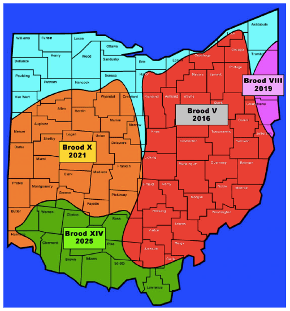Ohio State’s organic production winter webinar series will finish up in the next few weeks, but session recordings will remain available at go.osu.edu/organic-series, where you can also find log-in details for our final sessions.
These sessions are brief, free, and can be accessed online or by telephone. All sessions are 11:00-11:45 a.m. and will include time for questions and discussion. Speakers are from Ohio State unless otherwise noted. The webinars are intended for growers involved in, considering, or simply curious about organic agriculture.
March 31, 2021, 11 a.m.
Remediation of Post-Industrial Urban Soils by Organic Management – Larry Phelan
The loss of manufacturing in a number of U.S. cities, particularly in the Rust Belt, along with the 2008 housing crash, has led to population loss and abandonment of a large number of properties and land area. Unfortunately, what did not leave was the legacy of soil contamination and degradation caused by this industrial past. This project documents the impact of this history on chemical, physical, and biological dimensions of soil health in Cleveland’s vacant lots and investigates the changes associated with conversion of industrially damaged soils to urban organic farming.
April 14, 2021, 11 a.m.
The Organic Consumer: What We Know – Zoë Plakias
Knowing who your customers are, can help you reach them more effectively. Ohio State economist Zoë Plakias will share market research about consumer attitudes and behaviors toward organic products. Demographically, who are our customers? What motivates them to purchase organic products? How much extra are they willing to pay? And how can organic growers and retailers increase their appeal with these customers?
Previous sessions are available for viewing at osu.edu/organic-series, including:
- Management Practices That Impact Soil Health and Organic Matter – Christine Sprunger
- Tips for Using/Attracting Beneficial Insects – Mary Gardiner
- Cultural Control Strategies for Nightmare Weeds – Douglas Doohan
- Considerations for Organic High Tunnel Production – Matt Kleinhenz
- Irrigation Basics – Larry Brown
- Transition Q&A – Julia Barton, OEFFA
- and more.





